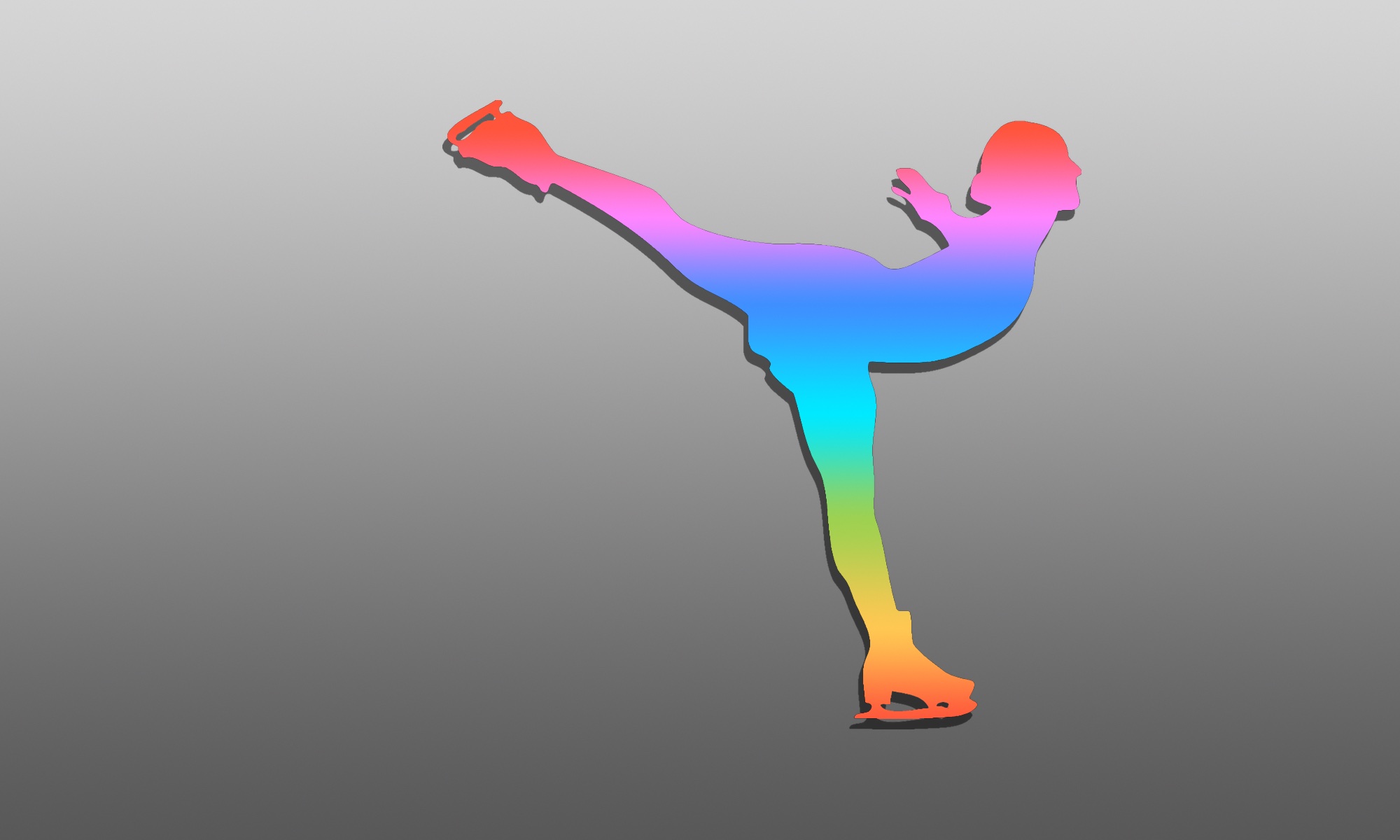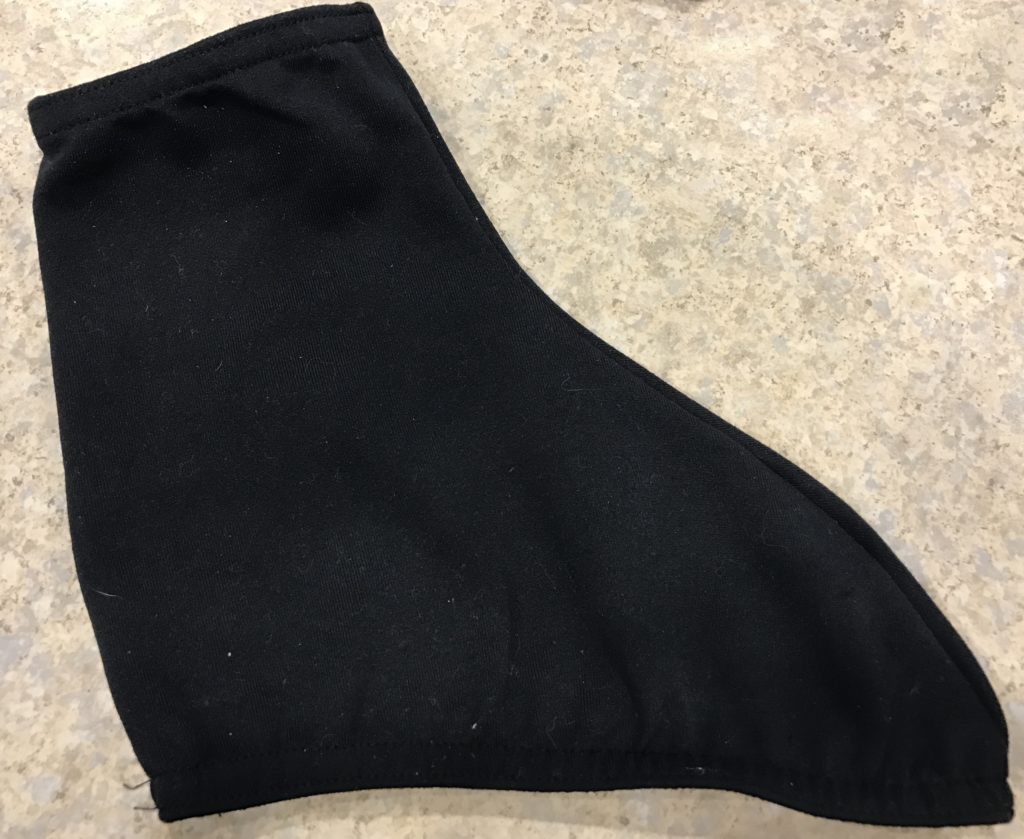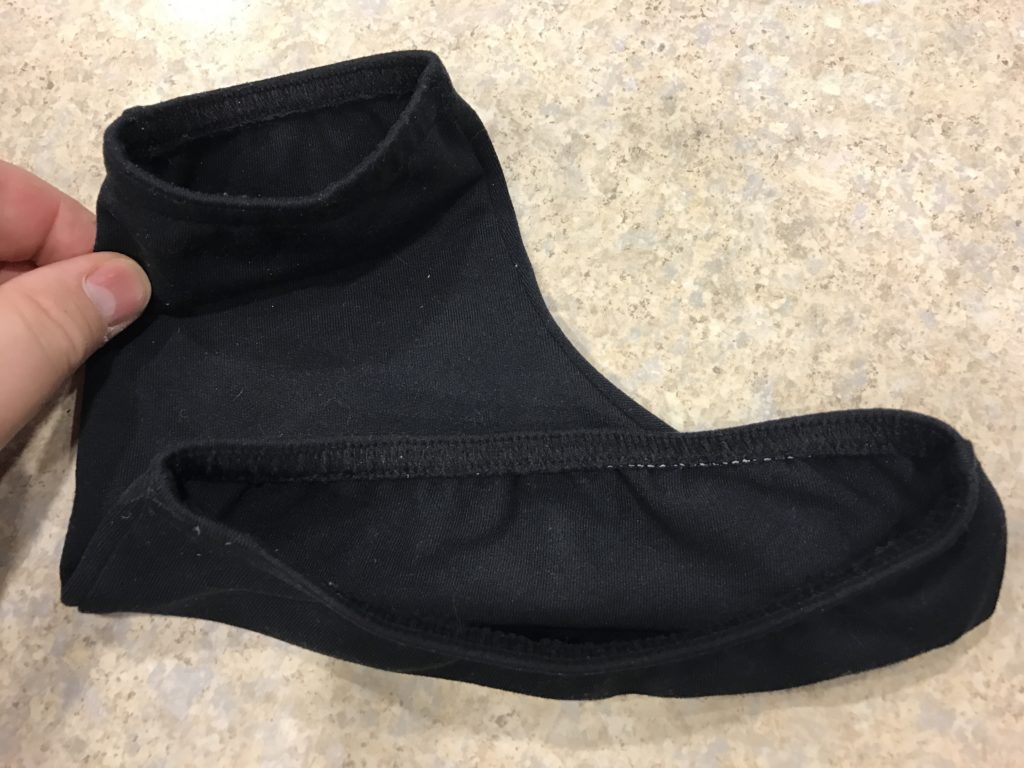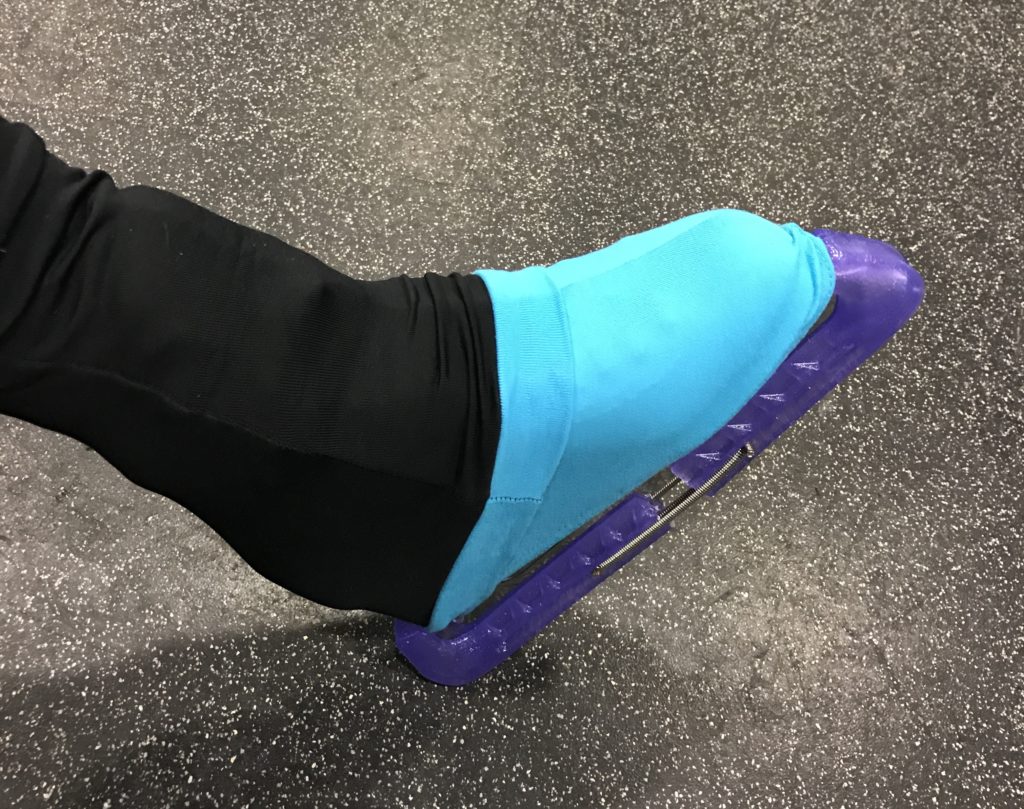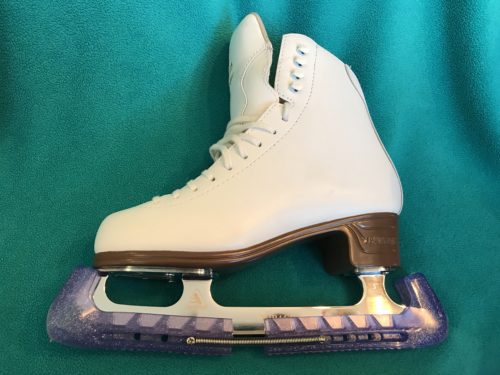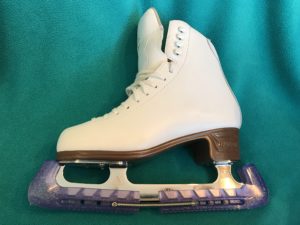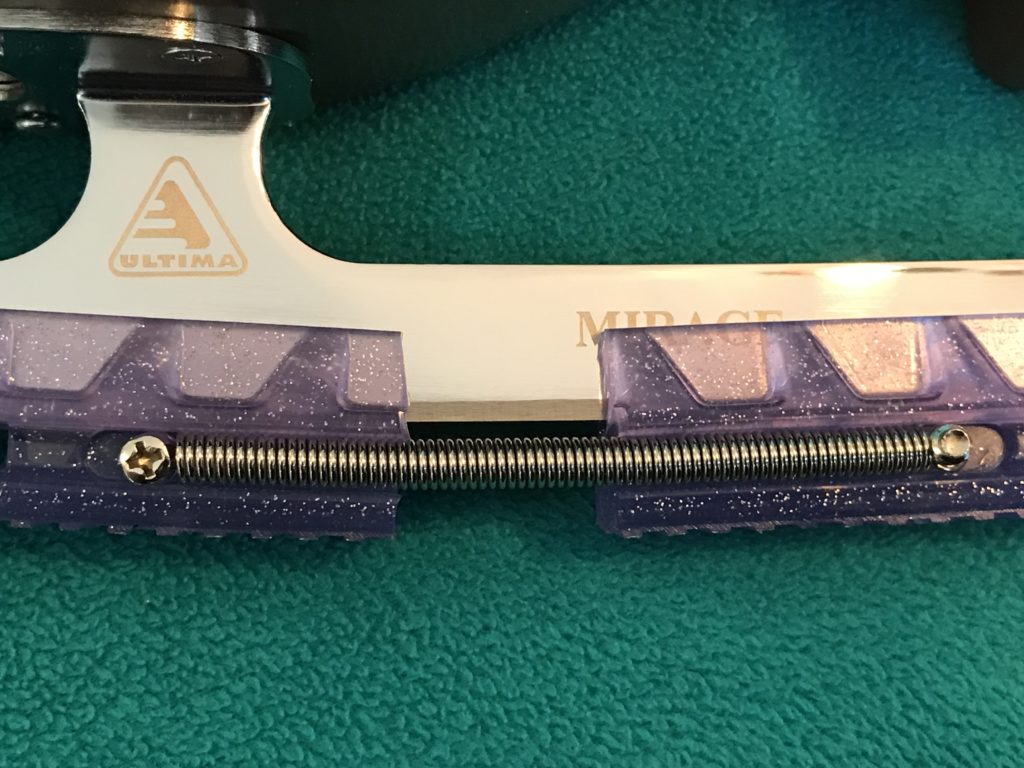In a previous post, I explained how to prepare skates for transit after use (using soakers) so that the blades won’t get rusty. In another, I discussed the use of boot covers as an effective way of protecting the boot from damage while it’s on the ice. But once the skates go into a bag, how can we stop them from scratching each other up as they bang up against each other, and everything else kept in a typical skater’s bag? This post looks at ways to give ice skates protection while in the bag.
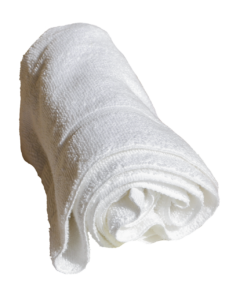
Protection For Ice Skates
Bag Choice
The first thing to consider is whether you have, or can select, a bag which isolates the skates from everything else and preferably from each other. I will discuss bags more in a separate post, but it’s something to consider when evaluating options.
However, assuming that you already have a bag or it’s not possible to find a bag which keeps the skates separate, what can be done?
Towels
Cheap, cheerful, effective. Wrap your skates in towels when you’re done and you have a four-way win, even if, perhaps, it looks a little amateurish:
- The towel helps to keep the boot uppers dry;
- You can stuff some of the towel into the boot itself to help draw out the inevitable moisture left there by the sweaty feet which so recently inhabited the space;
- Wrapping the boots in towels gives protection them from rubbing against anything other than the towel in transit, thus helping to keep your skate boots in pristine condition;
- The towels act as padding against knocks and bangs, so offers some protection from external harm.
By the way: amateurish, smamateurish. I do not care if somebody thinks I look silly using a towel. If it works and doesn’t have any obvious down sides, why knock it? Sure, buy a towel with an ice skate embroidered into it if you like and if it feels more like something a serious
skater might use, but otherwise I would look to grab a couple of plain white towels and put them to good use.
The one negative I can see for towels is that they are somewhat bulky, so will take up space in the skate bag which may be needed for something else. That’s a judgement call for each person.
As a side note, I live in constant fear of heavily colored items leaving dye stains on the lovely white skate boots, and in some cases if you believe the reviews on Amazon and elsewhere, I am right to worry about everything from boot covers to bags and more. Buying / using white towels avoids the whole issue.
Pillowcases
If you thought the towels looked silly, try using a couple of old pillowcases. Pillowcases are not as absorbent as towels, so don’t have as much benefit in terms of keeping the boots moisture free (or accelerating the drying process), but most people will be able to find a couple of old pillowcases, and once the skates have been dried off and have soakers on, it’s quick and easy to put each one in its own pillowcase before putting them into the bag.
One thing in favor of pillowcases is that they are very compact; they take up almost no space over and above the volume of the skates themselves.
Pillowcases primarily protect the boots from one another; since they are not as padded as towels, they offer less cushioning against impacts, but using pillowcases is definitely better than using nothing.
Special Skate Pouches / Bags
I’ve read somewhere (though I forget where now) that you can buy special soft lined pouches in which to put ice skates. When I looked for these online, however, I came up with nothing. Maybe there’s a particular name for them which, if I knew it, would magically generate results. Anyway, I mention them only because somebody said they existed. If you know about them and can point me to a link to some, I’d be delighted to update this post with the information you share!
Any Other Ideas?
If you do something different to protect your skates and are willing to share, could you please comment below so I can share it with others here too?
Conclusions
Towels are looking really good right now, aren’t they? With that said, I see many skaters who do not bag or wrap their skates up at all. Currently, the bags my children use have a section on the outside and they can put one skate in each pocket with nothing else in there. However, I’m seriously considering those towels…!
